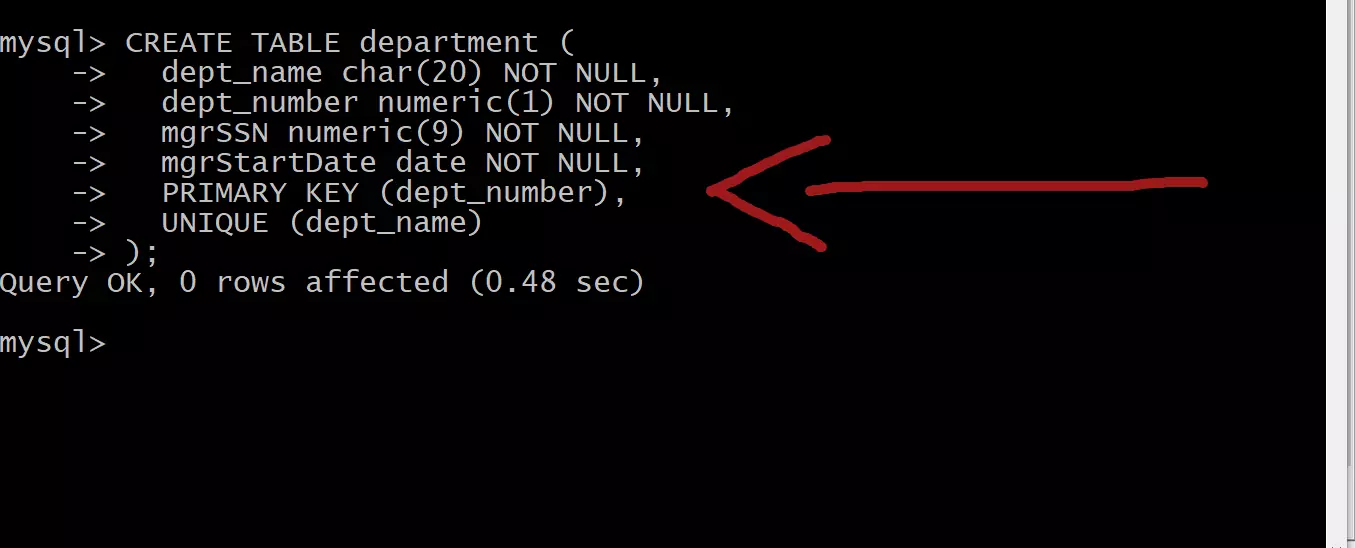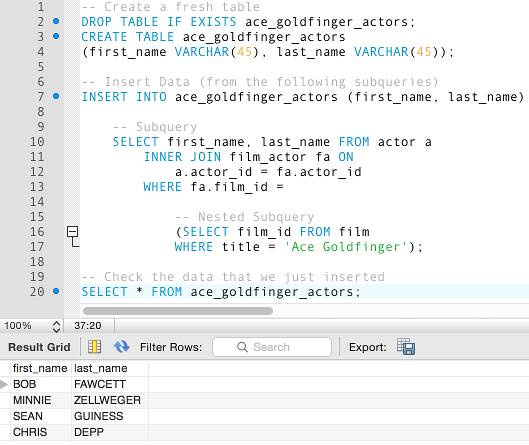

In the following example we are retrieving the year from the current timestamp. In the following example we are retrieving the year from the current date. We can also pass the date-time expression as an argument to this function – If you pass an empty string or a non-string value as an argument this function returns NULL. If the YEAR value in the given date is 0 this function returns 0. Example 1įollowing example demonstrates the usage of the YEAR() function –įollowing is another example of this function – Where, date is the date value from which you need to retrieve the year. Syntaxįollowing is the syntax of the above function – This function returns a numerical value ranging from 1000 to 9999. The MYSQL YEAR() function is used to retrieve and return the year of the given date or, date time expression. MySQL provides a set of functions to manipulate these values. Where a time stamp is a numerical value representing the number of milliseconds from ' 00:00:01' UTC (epoch) to the specified time. If you want to learn more about regular expressions, I recommend as a good reference site.The DATE, DATETIME and TIMESTAMP datatypes in MySQL are used to store the date, date and time, time stamp values respectively. However, I imagine performance could be an issue with bigger databases, larger fields, greater record counts, and more complex filters.Īs always, use logic above as it makes sense. Regarding performance, I ran some minor tests against an existing table and found no differences between my variations. However, you can also mix these types of statements as you can see in the second example listed. This allows you to add specific matches with wildcard matches in the same expression. In the first example above, I use ^9999$ to indicate exact match. However, these expressions did not appear to yield the desired results. I experimented with using negating patterns, forward looking patterns, and so on. Notice I separated the NOT set in a separate WHERE filter. OR Mixed Alternative: SELECT * FROM fiberbox WHERE field REGEXP '1740 |1938 ' Use REGEXP Alternative: SELECT * FROM fiberbox WHERE field REGEXP '1740 |1938 |^9999$' In a WHERE clause, the LIKE operator is used to look for a certain pattern in a column. You'll need to test your patterns and see what works.įinally, To Accomplish Multiple LIKE and NOT LIKE filters: SELECT * FROM fiberbox WHERE field LIKE '%1740 %' The LIKE Operator in SQL is used to extract records where a particular pattern is present.

NOTE: Not all regex patterns appear to work in MySQL statements. There are more efficient ways to narrow down specific matches, but that requires more review of Regular Expressions. Inside () with * (.*) adds a repeating pattern indicating any number indicates any single character, except line breaks. Placing (.*) behaves much like the % wildcard. Placing $ after the value indicates end of line. Placing ^ in front of the value indicates start of the line. Use: SELECT * FROM fiberbox WHERE field REGEXP '^1740 |1938 $|1940 (.*) test' To Accomplish LIKE with Controlled Wildcard Placement: SELECT * FROM fiberbox WHERE field LIKE '1740 %' If you need more control over placement of the wildcard, use some of these variants: Typically, REGEXP will require wildcard expressions such as (.*)1740 (.*) to work as %1740 %. Values within REGEXP quotes and between the | (OR) operator are treated as wildcards. The BETWEEN operator is inclusive: begin and end values are included. The values can be numbers, text, or dates. Use REGEXP Alternative: SELECT * FROM fiberbox WHERE field REGEXP '1740 |1938 |1940 ' MySQL BETWEEN Operator Previous Next The MySQL BETWEEN Operator The BETWEEN operator selects values within a given range. To Accomplish multiple LIKE filters with Wildcards: SELECT * FROM fiberbox WHERE field LIKE '%1740 %' To add to this, here are some things I observed for those interested in using REGEXP: Paul Dixon's answer worked brilliantly for me.


 0 kommentar(er)
0 kommentar(er)
